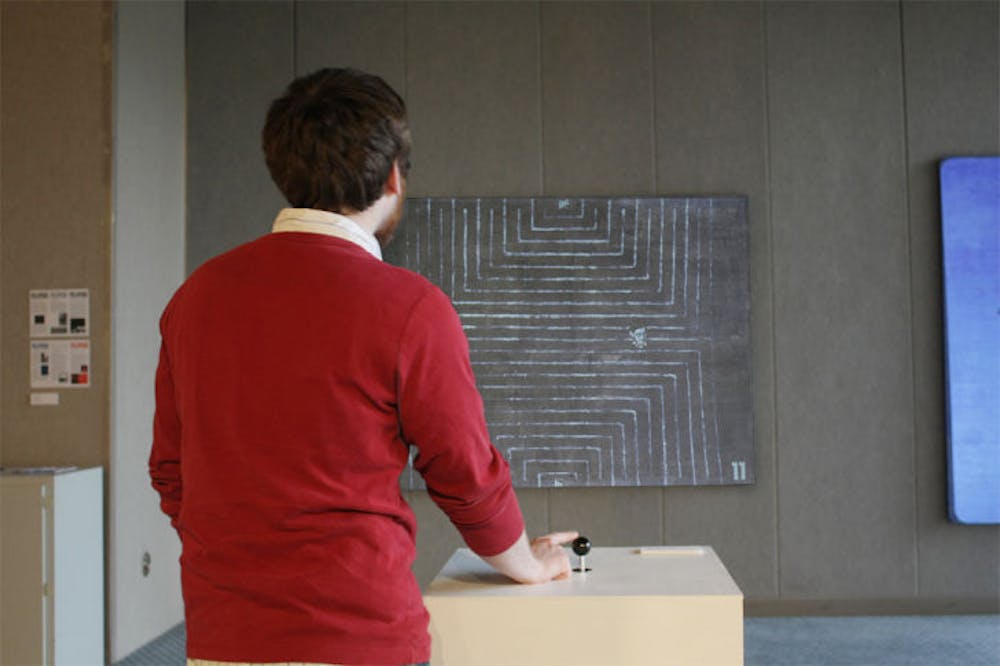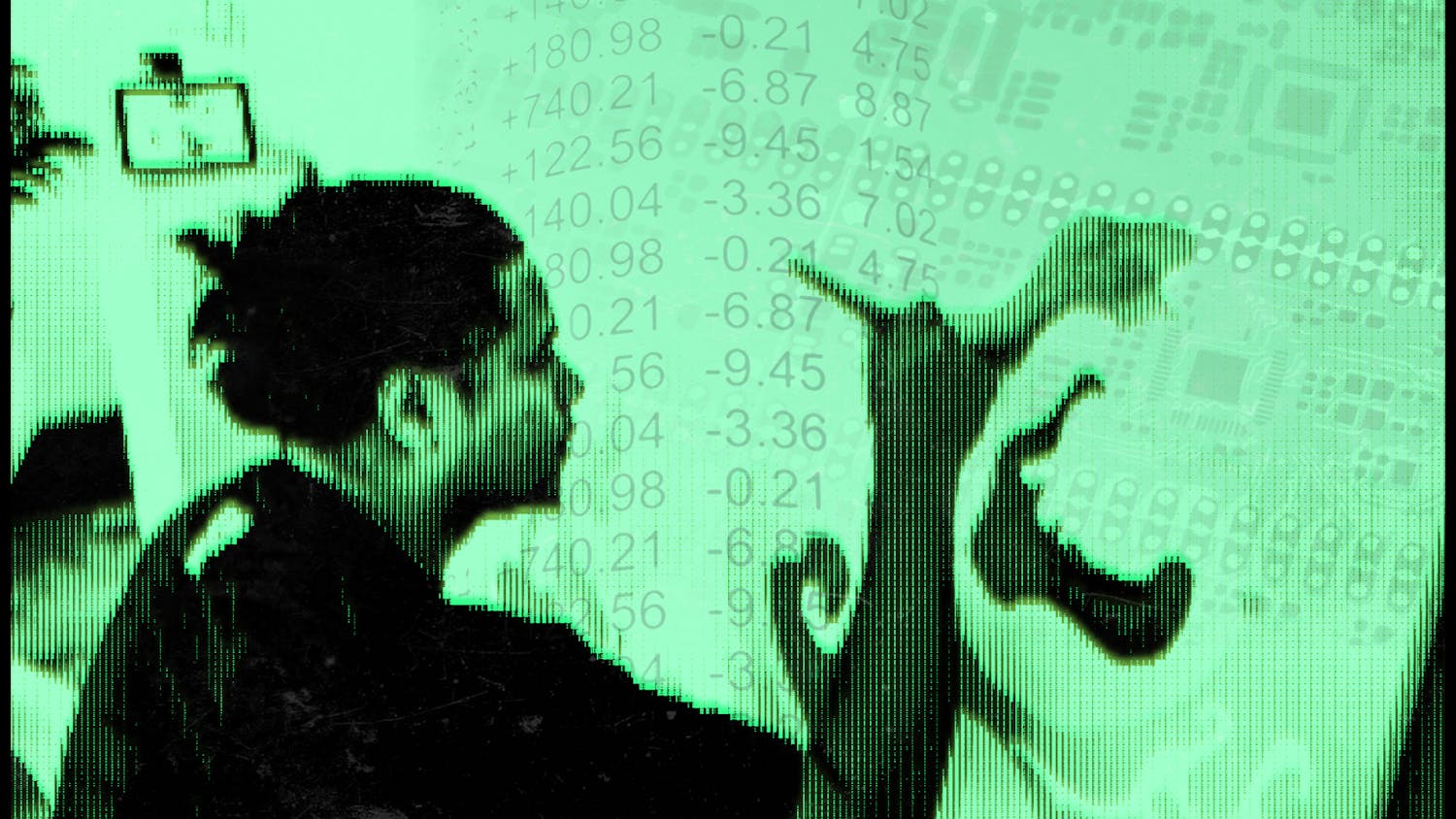You can now tell your mom all those hours you spent making fake families on “The Sims” was for the love of art.
Institutions like the Museum of Modern Art and the Smithsonian American Art Museum have included video games in their permanent collections, which has caused a stir in the art world and has opened the conversation to discuss the relevance of video games to a visual culture.
The 14 games included in the MoMA exhibition and the 80 games presented in the Smithsonian exhibition have given video games a new stance in the exclusive world.
With rapidly changing notions of art, more people are starting to give credit to games as art, but to what degree remains up for debate.
“What you’ve seen is that some attempts to bring video games into the art world have been lost in translation,” said Ben DeVane, assistant professor of digital arts and sciences at the Digital Worlds Institute in the University of Florida. “Some of these games that they’ve brought into the art world aren’t recognizable as art.”
DeVane is on the design end of the gaming world, noting that there is a verifiable difference between art and design.
“Design is often focused on making things better and more functional rather than being expressive or experimental,” he said. “People like me look to art for inspiration in design, but the games my students and I make are not fine art.”
He said he wouldn’t consider games like the “Call of Duty” franchise art because they tread on already well-established territory. However, games like “Braid” and “Gorogoa” are definitely close.
Admittedly conflicted about the subject, DeVane said he thinks the subject is hard to address because of the lack of a language that communicates between art and gaming.
Jack Stenner, associate professor of art and technology, is on the opposite end of gaming. His class in UF’s School of Art and Art History, Digital Media Workshop, focuses on a specific type of game, known as the art game, which separates itself from commercial video games.
“I’m not interested in making a ‘Portal’ or making a commercial video game — not that there’s anything wrong or derogatory about those things,” Stenner said. “They’re wonderful, beautiful things, and I’m glad they exist so that the technologies can get pushed forward so that I can play around and break them.”
Stenner and other artists who look to video game engines as a medium for their art are more interested in using the video game model to create an exploratory space.
In the art game “The Graveyard,” by Auriea Harvey and Michael Samyn, players assume the role of a woman walking through a cemetery, listening to a song. The game’s developer, Tale of Tales, described the game as “an experiment with real-time poetry — with storytelling without words,” on its website.
Stenner said art games use the technology behind gaming, but usually the games are self-run. In “The Graveyard,” the player plays a minimal role in controlling the events of the game, but the piece needed to be a video game, not just a video.
“I think it’s absolutely intrinsic that [‘The Graveyard’] be in a game engine,” he said. “Typically, in good art, the medium is just as important to the experience. That choice that was made by the artist is pretty intrinsic to the understanding of the work itself.”
“Super Mario Clouds,” by Cory Arcangel, is another art game that explores the hacking theme. Arcangel took an old cartridge of “Mario Brothers” and manipulated the game to erase everything but the clouds. The result is a clutter-free space of digital clouds that roam across a blue sky. No Mario, no music — just clouds.
Stenner said not all video games have to feature physical interactivity, and this is where many art games stem from.
Coming from the design world, DeVane, an expert on game theory, said artists have their own reasons to create these experiences.
“In some effort, they become overzealous and miss the point of the game,” he said.
Games and novels have something in common. They are categorized into genres. A truly experimental game redefines how you play it, Stenner said. He looks at games to see if it has pushed the limits within its genre to produce a meaningful experience.
“There’s a great debate,” DeVane said.
Part of that debate comes from the definition of art itself, which Stenner said is changing with technology. The myth that art is about aura no longer exists, he said.
“The general populace and their understanding of art, especially in the United States, when it’s so rarely even taught, is that somehow, art is a one-off kind of object. That’s kind of an old-fashioned idea,” Stenner said. “But if that’s their criteria for saying video games aren’t art, then that’s been completely invalidated by a lot of theory and philosophy over the last few decades.”
DeVane and Stenner said they thought the games included in the MoMA and Smithsonian American Art Museum were included for their cultural significance. Just because games like “Pac-Man,” “Tetris” and “The Sims” are included in these institutions, it doesn’t automatically stamp them as art, unlike an art game, which may be downloadable instead of in a gallery, they said.
Art is fleeting. One day, a piece can be considered art, and the next day, that definition can change, Stenner said.
“If I go into the Metropolitan Museum of, quote-on-quote, Art, 99 percent of the things I experience in there, I would say, are artifacts —- no longer art. They don’t talk to me the way the experience of art does,” Stenner said.
“The reason these games are being included in the exhibits is because they were so important for so many young people at the time, and they were the first experience of the kind,” DeVane said.
Definitions of art have confused people with concerns for labels.
“They want to label ‘it is art’ or ‘it isn’t art,’ and if you think of art as more about an experience than an object that gets a title, then something else has to happen,” Stenner said. “Art isn’t an object anymore.”
A game traces the brushstrokes of painter Frank Stellas masterwork, Morro Castle, during the art games exhibition during Spring 2009 in the Reitz Union gallery. Digital Media Workshop is taught by Jack Stenner in UF’s School of Art and Art History.
GameSpace by Jack Stenner and Patrick LeMieux is an installation that simulated the viewership of people looking at art in a museum.






